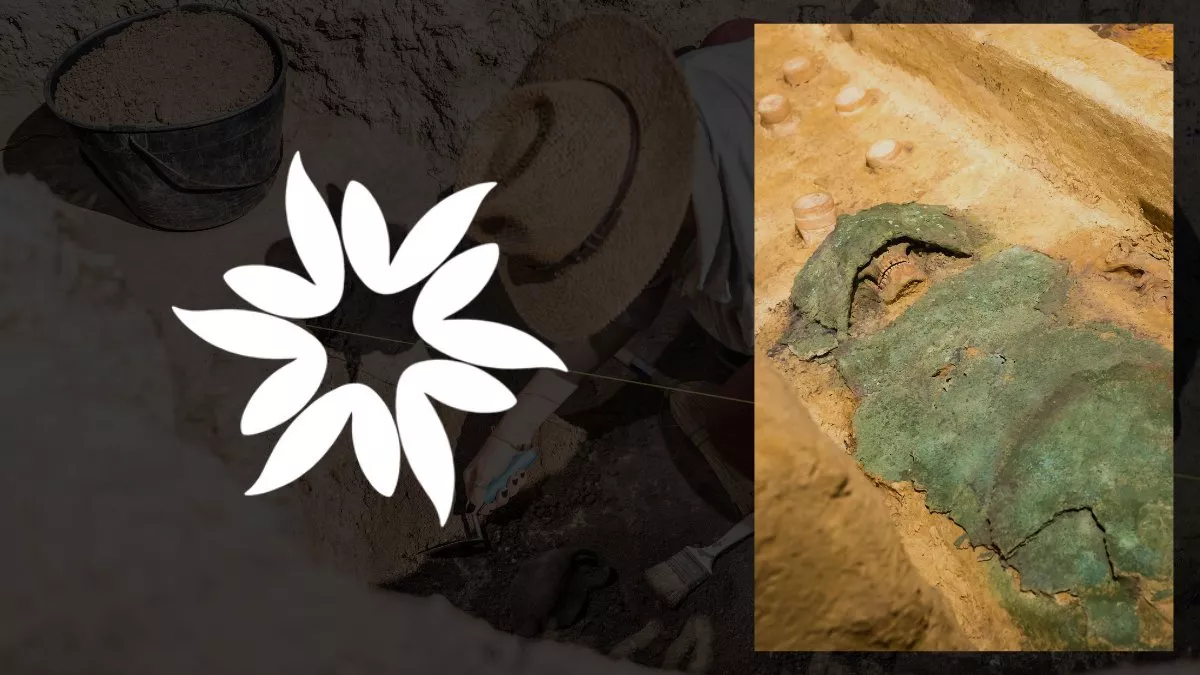After being stolen and sold as art for years, sacred human remains from Vanuatu have finally returned home.
An eight-year FBI investigation helped bring these priceless relics, including skulls and large statues, from New York to the island.
Here’s the full story of how it all happened.
Key Takeaways
- The FBI helped return stolen sacred relics, including human skulls and effigies, back to Vanuatu after an eight-year investigation.
- The items were taken from a New York art collector and returned to Vanuatu, where they belong to an indigenous tribe.
- The largest effigy was almost 12 feet long and weighed 700 pounds, making it a tough job for the FBI to transport.
Repatriation of Sacred Relics
Sacred human remains, which were trafficked to New York and treated as art, have finally been returned to Vanuatu, a Pacific island nation.
This return is the result of an eight-year FBI investigation. The stolen relics included skulls and large effigies belonging to the Smol Nambas tribe from the island of Malakula.
During a special ceremony in Vanuatu’s capital, Port Vila, U.S. Deputy Secretary of State Kurt Campbell joined others to witness the return of these irreplaceable pieces of the island’s cultural history.
The items, which had been missing for years, were recovered by the FBI from a deceased art collector’s estate in New York.
Emotional Reunion with Lost Ancestral Relics
The five crates returned to Vanuatu included two skulls and three effigies called rambaramp.
These effigies were special because they were made using the skulls of men from the tribe and were painted to represent the last moments of their lives.
When the crates were opened, Kaitip Kami, a curator at the Vanuatu Cultural Centre, immediately recognized the items.
“By looking at it, I knew straight away,” Kami said. “I recognize it, where it belongs, up in the bush.”
These effigies, sacred to the Smol Nambas tribe of Malakula, were likely stolen from a sacred men’s house in a bush village.
In their traditional culture, these effigies were not mere works of art but sacred relics intimately connected to their deceased ancestors.
The tradition of creating rambaramps ceased 50 years ago when the tribe converted to Christianity, but the relics remained an essential part of the tribe’s cultural heritage.
These effigies were kept in sacred men’s houses, where bodies were placed on platforms for 50 days before being used to create statues with molded skulls.
Unfortunately, such sacred items were often targeted by looters.
The FBI’s Long Investigation
The journey to recovering these relics was not easy.
The FBI first seized the effigies in 2016 from the estate of a New York collector who had more than 200 sacred items from indigenous cultures.
The items from Vanuatu were some of the biggest and most delicate the FBI’s art crime team had ever dealt with.
The largest effigy measured 11.5 feet and weighed 700 pounds, making it a huge challenge to transport.
“New York is known as the art capital of the world, and because of that, it’s also the art crime capital of the world,” said FBI art crime team member Chris McKeogh, who attended the ceremony in Vanuatu.
He added that, unfortunately, there’s a market for human remains, and they are often illegally bought and sold.
In 2018, the FBI teamed up with anthropology professor Holly Cusack-McVeigh at Indiana University to determine where these items came from.
She and her students helped track down similar items in museums worldwide, and with the help of the Museum of New Zealand, they were able to confirm that the relics belonged to Vanuatu.
A Difficult but Meaningful Return
The FBI’s Rapid Deployment Team designed a special plan to safely transport the five custom-built crates from Washington to Vanuatu. The effort paid off, and the relics made it home safely.
Once the effigies arrived, they were met with great respect and joy. Kami pointed out that these effigies aren’t just art—they are a part of the people they represent. This is why it’s important that these sacred items stay in Vanuatu.
“We are really glad to receive our ancestors — it’s a happy moment for us,” Kami said.
The return of these sacred relics is the biggest success so far for the Vanuatu Cultural Centre, which continues to work hard to bring back items taken from the island over the years.
As U.S. Deputy Secretary of State Kurt Campbell said during the ceremony, “We deeply respect the cultural heritage and the meaning these artifacts hold.”
Returning these items is more than just about art—it’s about restoring a piece of history and bringing ancestors back to their rightful place.








